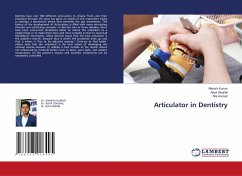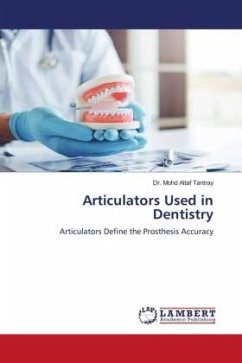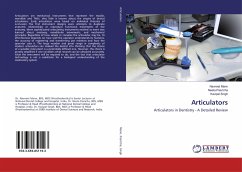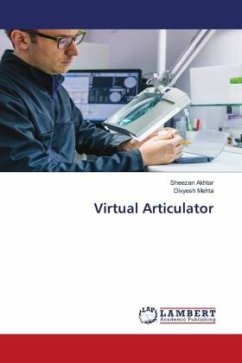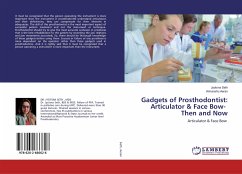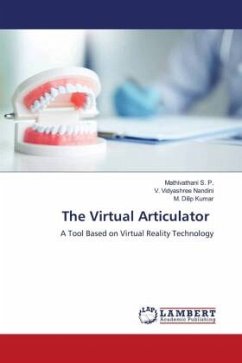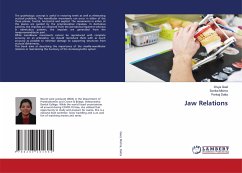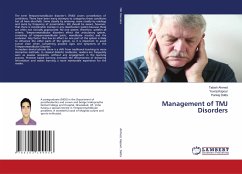Dentists have over 300 different articulators to choose from, and their Evolution through the years has given an insight of the researchers trying to develop a mechanical device that simulates the jaw movements. The history of the development of Articulators is filled with many interesting theories and conflicting concepts. In the last two or three decades, there have been concurrent tendencies either to reduce the articulator to a simple hinge or to make them more and more complex so that to record all Mandibular movements. Many dentists argue that the best articulator is the patient's mouth, because that is where the prosthesis ends up and that is where it "has to be adjusted anyway." Contrary to that belief, others state that the articulator is the best means of developing the occlusal scheme because (1) visibility is best outside of the mouth where not influenced by intraoral factors such as saliva, poor light, and patient cooperation, (2) the patient's closure and eccentric movements can be repeatedly controlled.
Bitte wählen Sie Ihr Anliegen aus.
Rechnungen
Retourenschein anfordern
Bestellstatus
Storno

